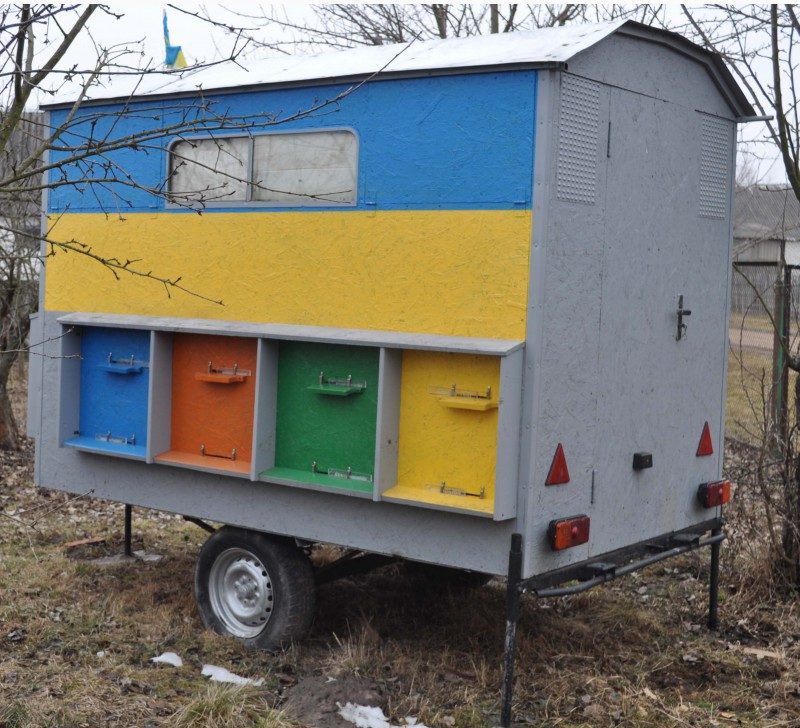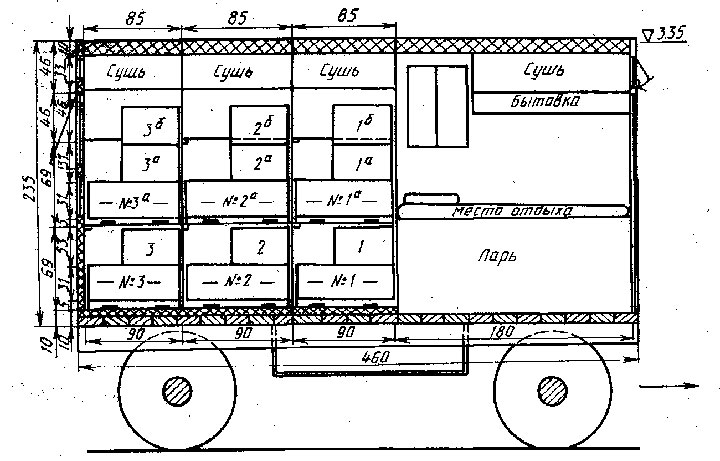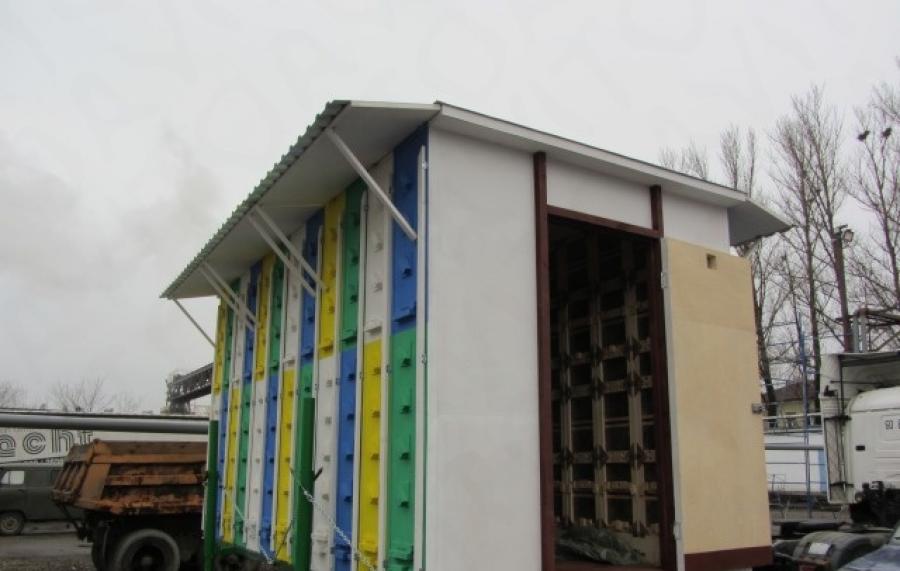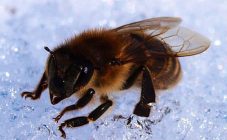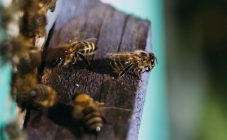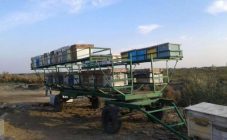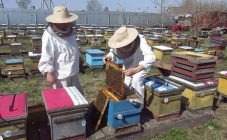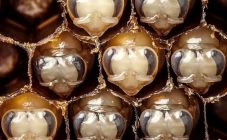Content:
Beekeeping is a rather troublesome business, but very profitable. The main thing is to prevent diseases and increase the strength of the bee colony. There are no calendars for insects, so they need to create conditions for a favorable winter. This is done in order to increase the amount of nectar brought in the next season. The best solution to this issue is a pavilion for bees.
With the advent of such a design as a pavilion, beekeeping has reached a new level. This design, which you can create with your own hands, can accommodate more than 10 families. The most important thing is to separate families with plywood partitions so that insects do not interfere with each other's life and work.
A pavilion for bees is a very profitable design in an apiary, as it significantly saves space, which can be rationally used for other needs. Beekeepers are different: stationary and mobile. Even a beginner in this area will be able to build a bee pavilion with his own hands.
How to build with your own hands
To build a structure, you must first make a drawing on which everything will be marked down to the smallest detail. This will greatly facilitate the work later.
The beekeeping plan has some requirements for the exterior and interior:
- The dimensions of the structure should be correctly calculated;
- The bee house should be equipped with both work premises and premises for household needs;
- A ventilation system must be present in the drawing;
- It is recommended to think over the lighting for the beekeeper and its heating during the cold season;
- It is imperative to take a place in which the work equipment will be stored.
You will also need the material from which the bee pavilion will be created:
- Tools for working with metal (cutting, welding, etc.);
- Jack for lifting the van;
- Metal corners and channel bars;
- Bars made of wood, boards;
- Material for covering the roof of the structure;
- Nails;
- Plywood.
Instructions and dimensions
Further, the van, which will be the basis of the house, is recommended to be placed on a flat surface in order to lower the bottom in it. During this period of work, the jack and the level will be indispensable helpers. After the floor is lowered and the wooden partitions are dismantled, a frame is constructed, which consists of metal channels and corners. Experience with a welding machine will come in handy. Further, the frame is upholstered with wooden plywood sheets, which are attached to wooden beams. Also, a roof is constructed on wooden beams from boards and coating material, most often roofing material is used. It is recommended to make windows or hatches in the pavilion for air ventilation. After this work, you can put evidence with bees inside. You can fix them with bars.
Typical project drawings
Drawings for creating a bee pavilion can be drawn by yourself, or you can take it from the Internet. Basically, the same type of plans for a bee-house are provided on the Internet. You should pay attention to the fact that the following parameters are marked in the drawing:
- Van size:
- Unhindered access to every piece of evidence;
- Thermal insulation of the structure itself;
- The presence of a ventilation circuit;
- Lighting plan.
The beekeeper can choose the roof structure himself. It can be flat, sloping, and even folding. The beekeeper's working room is located in standard structures, at the beginning of the pavilion.
Types of bee huts
Bee pavilions are of two types: stationary and cassette.
The stationary bee pavilion does not provide for the moments of movement. It is a solid structure of metal panels, with plywood evidence rooms. This beekeeper has a utility room in which the beekeeper stores his work equipment. It is possible to reconstruct a stationary pavilion in a mobile one, but in this case, wheels should be selected. Another disadvantage of a converted stationary beekeeper into a mobile one is that it will be too heavy and uncomfortable.
Differences between insect houses
The stationary and cassette types of the bee pavilion are still different from each other; before constructing the pavilion with your own hands in your apiary, you should give preference to one kind of bee pavilion.
These two varieties of insect houses are undeniably good. Their main differences end in the availability of one wheelset option. They save space in the apiary, their presence calms the beekeeper in the winter period of the year, since the bees are kept warm, life in the bee pavilion increases honey production by 30%. In them, you can divide the bees into brood and fruitless ones and settle them on both sides of the aisle.
Recently, beekeepers are giving more preference to the mobile variety of bee houses. Because of its transportability, cassette is more profitable to maintain. A stationary view can be reconstructed into a mobile view, but it will cost several times more than creating a pavilion with your own hands. The honey insect cassette house is easy to use and maintain. It can be transported closer to the peduncles, it is more convenient to treat walls and floors in it against bee disease, such as nosematosis.
Thus, it becomes clear that it is not so difficult to build a house for honey insects with your own hands. It is a very advantageous construction in terms of bee care and honey harvesting.
